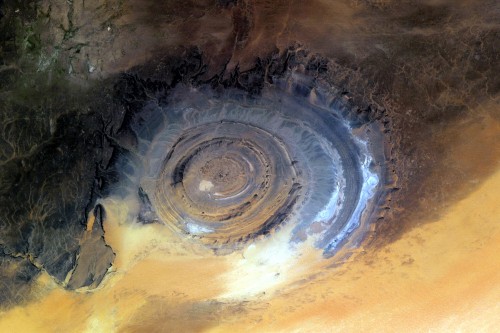Web Worker Daily shares an insight on status meetings:
It will probably come as no surprise to WebWorkerDaily readers that a recent survey found that 70 percent of information workers don’t believe status meetings help them accomplish work tasks. Additionally, almost 40 percent of respondents feel that such meetings are a waste of time, even though 55 percent of respondents spend one to three hours per week attending such meetings.
The survey also found that 67 percent of respondents spend between one to four hours per week just preparing for status meetings, and 59 percent said that preparing for status meetings often takes longer than the meeting itself. In addition, 57 percent of those surveyed indicated that they multitask during status meetings — so maybe there’s more work getting done than one might think!
The survey was conducted online within the United States from June 6–8, among 2,373 information workers.
